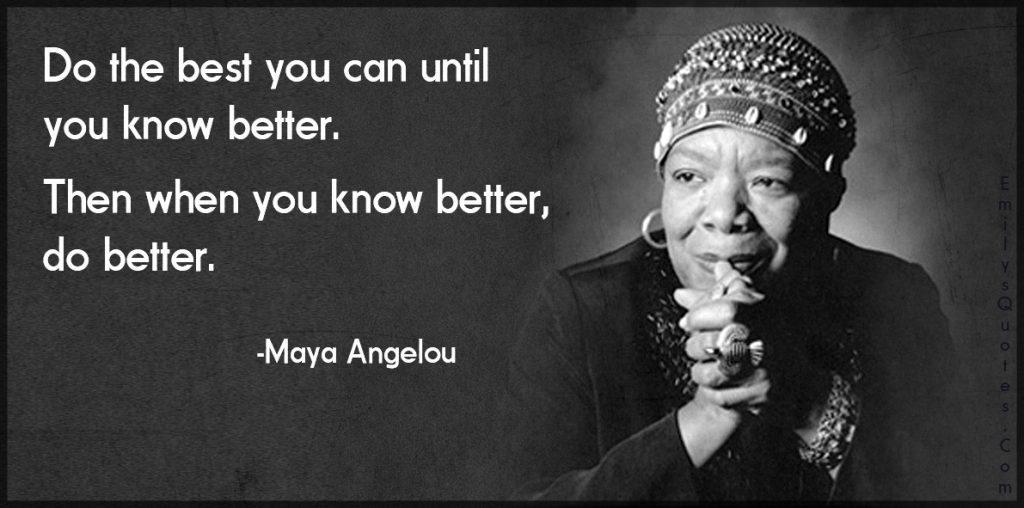💡Curiosity + 🚀Courage + 📚Curriculum = Edventure
✨Creation + 🚧Curation = 🗺 Treasure Map
"Be Bold and Mighty Forces Will Come to Your Aid"
This Goethe/Basil King line is most known for its use in the music film Almost Famous, and to me it’s about risk-taking and fearlessness. It’s about finding the courage to be adventurous, trusting that help will find it way to you as you need it. Fear or anxiety can be a motivator as much as an inhibitor as long as we can identify what’s got us nervous. A healthy fear of the unknown or anxiety about rolling out an untested idea can inform our practice and make us that much more attuned to detail for reflection afterwards. If we aren’t building, improving, or reiterating strategies, we get stuck in repetition of one-off experiences, no matter how cool they may be. The adventure comes from diving in and immediately considering how to improve the next dive.
If we are quick to assume disaster when the unexpected strikes, we can miss the opportunity for rare moments. Just as twitter lit up with Bodexpress memes and he became a very temporary folk horse-hero, we respond best to surprises that disrupt routines and have an underdog to root for. When a lesson tanks (some always will), when the power goes out, or when the bee flies in the room, we should be ready to run with it, just like Bodexpress did!
🏇Horse Sense🐎
In this year’s Preakness, the horse Bodexpress bucked his jockey as the race took off. At that moment, there were so many wild, dangerous, or tragic outcomes that could have followed. As it turns out, the horse ran the race without its rider! He was eventually safely corralled after the race concluded. So what’s the connection?
 |
| Washington Post |
Next Top Model
Classrooms that seem to have the most active and engaged learning happening usually have leaders who model what they want to see in students. Mitch Resnick’s Creative Learning Spiral is a strong model for this, characterized by stages of imagine, create, play, share, reflect. Whether it’s launching new curriculum content, or exploring our own creative projects for our classes to watch, if we can demonstrate (even through our own personal modifications or interpretations) the Creative Learning Spiral stages in action, we help to create the environment and showcase the competencies that facilitate the creative process.
Make Experience, Not Excuses
It can be tempting to avoid the types of innovative learning activities that are (by definition) new and different. Combined with content that may be less comfortable (think Hour of Code as a recurring sidestep for many) and some teachers prefer stick to the routine. How does that help every learner (including the teacher) stretch and grow? Everyone has too much on his or her plate- too many initiatives, demands, reports, and emails. If it comes from a place of creativity and passion, teachers always find room for magic. Even when objectives and content seem handed down and overwhelming at times, there is opportunity to shape that delivery into experiences that are meaningful, memorable, and measurable. Never let the curriculum get in the way of learning!
Some of the most engaging learning opportunities have no precise manual or script to follow, yet the result can be a unique and memorable shared experience for the teacher and for the learner. Genius-hour, genius day, passion projects and PL are all student-centered and student driven. Yes, it’s harder to plan and prepare for more flexible or open-ended activities, but the level of engagement and student agency is apparent by just watching students work.
👻Who You Gonna Call?
Be brave enough to face and even vanquish the ghosts that haunt our classrooms and hallways. These aren’t spooky ghosts, but the spectre left behind from previous teachers and administrators. Any educator who has to fill the shoes of his or her predecessor has a tricky task, and it seems that the stronger shadow (for better or for worse) that the previous character cast, the harder it can be to emerge from it. Sometimes it’s easier to establish who we are through the lens of who we aren’t, for students, colleagues, and ourselves. The ghosts in our classrooms may also be of our former selves, our own former teachers, or the teachers that parents wish us to be. Some are friendly and some are scary, but pretending they’re not there is what will haunt us.
Inclusive, Exclusive, Excusive, or Reclusive?
Excusive - Can you think of that colleague who is often making excuses, or self-handicapping (I'm not tech-savvy, etc)?
 This is less about humility, and more from professional or personal insecurity. This educator resists feedback because they know they won’t like what they hear, and avoids any observation or demonstration for fear of scrutiny. The result is usually kids getting short-changed. This teacher avoids risk and change, and falls into “the way it’s always been done,” at the cost of innovation or opportunities for their kids.
This is less about humility, and more from professional or personal insecurity. This educator resists feedback because they know they won’t like what they hear, and avoids any observation or demonstration for fear of scrutiny. The result is usually kids getting short-changed. This teacher avoids risk and change, and falls into “the way it’s always been done,” at the cost of innovation or opportunities for their kids.
Exclusive - This is more than just the person who guards their privacy. I’m talking about that character who falls into self-promotion over peers or even student performance. There’s a fine line between showcasing student performance and showing off fancy teaching. Pride can be a dangerous and damaging element in our business. We all want to have our efforts recognized by our peers or administrators, but when it starts to look like professionals siding against or apart from each other, nobody shines.
Reclusive- This character is often stuck, or resistant, to the point that students are deprived of opportunity or access. This is not an indictment on that teacher. In fact, it’s generally a measure of self-protection behind the fear or doubt. We all have our hermit phases, whether it’s trying out a new unfamiliar initiative, launching a unit or project before it’s quite ready, or playing catch up with endless compliance tasks. There’s security behind closed doors, but it can be easily habit-forming and distancing.
Inclusive- This educator finds strength through collaboration, and clarity through communication. It’s not enough to know that collaboration and teamwork enhances everyone on a team, but this person is the connector, the one who facilitates the communication and collaboration.
Know Better, Do better
I love this quote from Maya Angelou. It’s empowering in driving our own growth, while also validating our current practice from a strength/asset mindset, rather than constantly comparing ourselves to others.
I love this quote from Maya Angelou. It’s empowering in driving our own growth, while also validating our current practice from a strength/asset mindset, rather than constantly comparing ourselves to others.
It’s not every teacher’s job to teach him or herself each new initiative, tool, or technique. In fact, the faster the landscape of digital tools and practices evolves, the wider the gap seems to stretch between what has always been done, and what innovative approaches can be integrated to transform teaching and learning. At the same time, we see the rise of edcamps, online learning, and platforms like TPT, where professional development is personalized by the participant. These environments also flip the delivery of pd content, where classroom teachers, the practitioners, become the experts (and some making a decent side-hustle). This is innate coaching, peer to peer, in a shared constructivist model.
Training vs Coaching
In thinking about my role as a coach, I am deliberate to push away from the title of a trainer. To me this shift is all about switching from How to Why. This also directs the encounter from being transactional (service provided) to relational (facilitating partnership). As educators, we are aware of the SAMR model (substitution, augmentation, modification, redefinition) as it relates to tech adoption/integration, but I came across this tweet from Joli Boucher that applies the model to coaching, and I think it's awesome! It demonstrates the continuum from a more directive to facilitative approach that promotes partnership and collaboration in professional development, all with the ultimate goal of impact on student learning. My own goal as an instructional coach is to constantly improve and evolve in my capacity to engage, enable, and empower my peers to take risks and seek Edventure!
